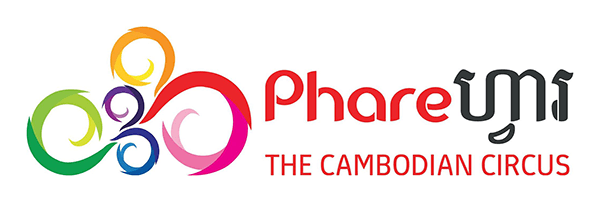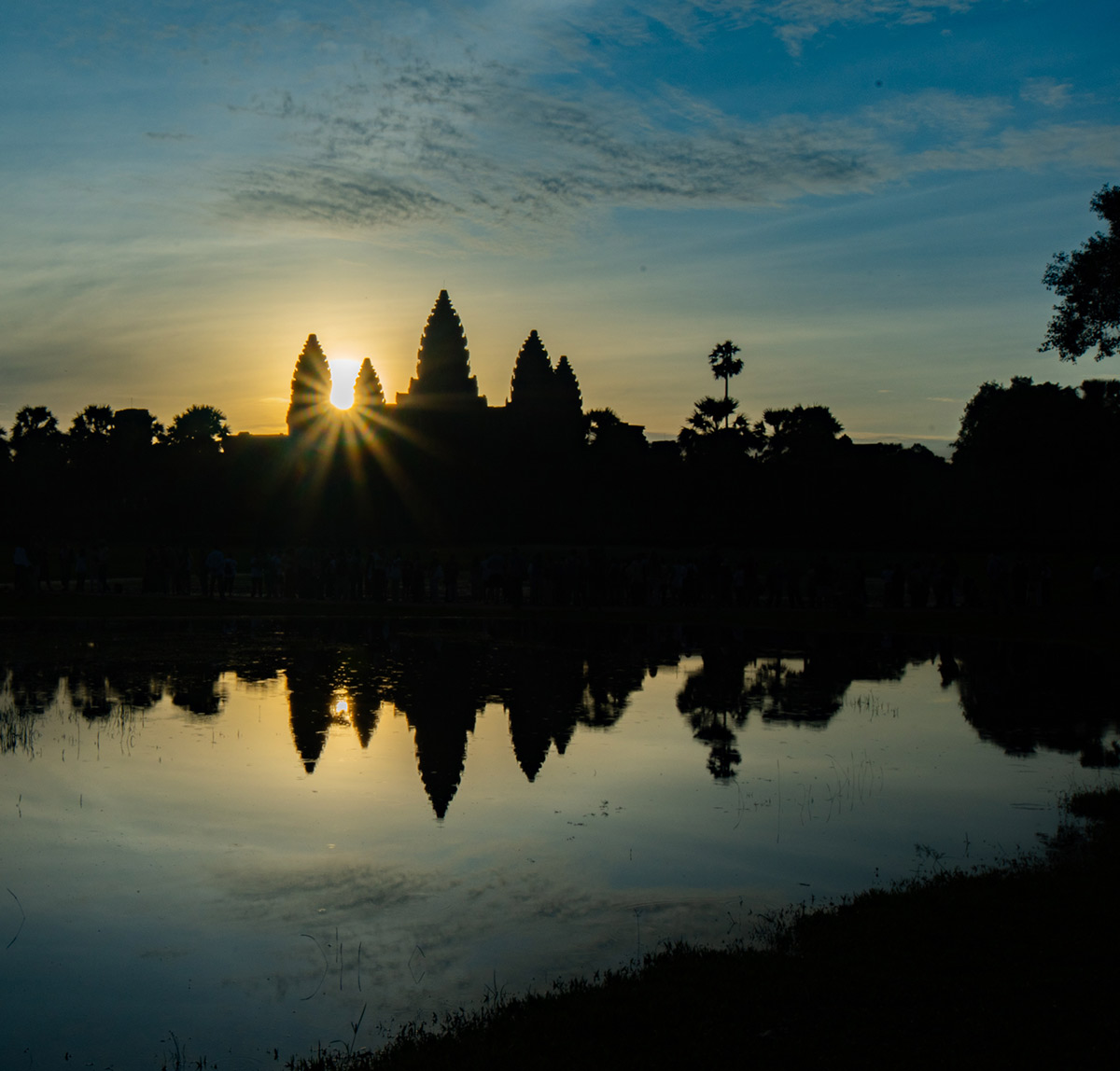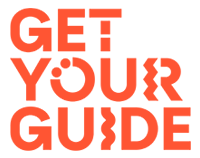Khmer is the mother tongue of the same people, which accounts for 90% of the population in Cambodia. The Khmer language has its own Khmer-script, but is also influenced by various cultures of the Southeast Asian region. The exchange with the Indian peoples has brought Indian approach to Cambodia and has led to the adoption of Sanskrit words. Moreover, the vocabulary of the Khmer changed by different languages, such as Lao and Thai. Despite the French colonization, the English could now prevail as the first foreign language in the country.
Speech Etiquette
As in all cultures the linguistic performance of the Khmer is characterized by certain standards. Soft talking, especially with high-ranking guests and authority figures, is considered as particulary respectful and tactful. For “yes” in the Khmer language you can use different words depending on gender: men say bat and women say djah. If the Cambodians repeat “djah djah” or “bat bat” in the course of conversation frequently in a row, it is considered as particularly polite.
The proper greeting
Even the greeting can reveal a lot about the relationship between interlocutors. Persons of the same social rank greet each other with the words “djum reap sua” (meaning below) and with folded hands, chin level. People with the position of a superior Cambodians welcome with folded hands to nose height and a slight bow. And by greeting grandparents or persons with particularly high status hands reach the forehead.
Thvay bángkum Preah – Buddha worship
The Khmer are almost all Buddhists and treat monks with special attention. A Buddhist commits a sin if he does not duly welcomed a monk, namely bare feet and kneeling. To prevent a bad karma, women may not touch monks. In general, the rules of the order forbidding the monks to talk with women. It is even not allowed to talk with Buddha and the monks in everyday language, but uses a special vocabulary.
Important Words
The key phrases of the Khmer language are “Djum reap sua” for “Good day”, “Soum meta” for “Please”, “Akhun” for “Thank you” and “Li Hai” for “Bye “.
Did you enjoy reading the post? Why not follow Visit Angkor on Facebook, where you’ll find more articles about Cambodia? I’d also be happy to hear your reviews and comments– the asterisks are directly under this text. Thank you so much :-)

Affiliate*

Phare, the Cambodian Circus
A highlight in Siem Reap! Buy tickets online directly on the Circus Phare website*.
Links and references with a * are an affiliate link (advertising link). If you like Visit Angkor and buy, book or subscribe to something via an affiliate link, the provider will make a small commission for Visit Angkor. Of course, there are no additional costs for you.
Join our Facebook group
International travel group with friendly people who love Cambodia. We speak English, German and a little Khmer.
By the way: We write here at Visit Angkor with a lot of passion and love. Nevertheless, it can happen that information is no longer up to date or perhaps even incorrect. We would be happy to hear from you so that we can update the information accordingly. Thank you very much!


